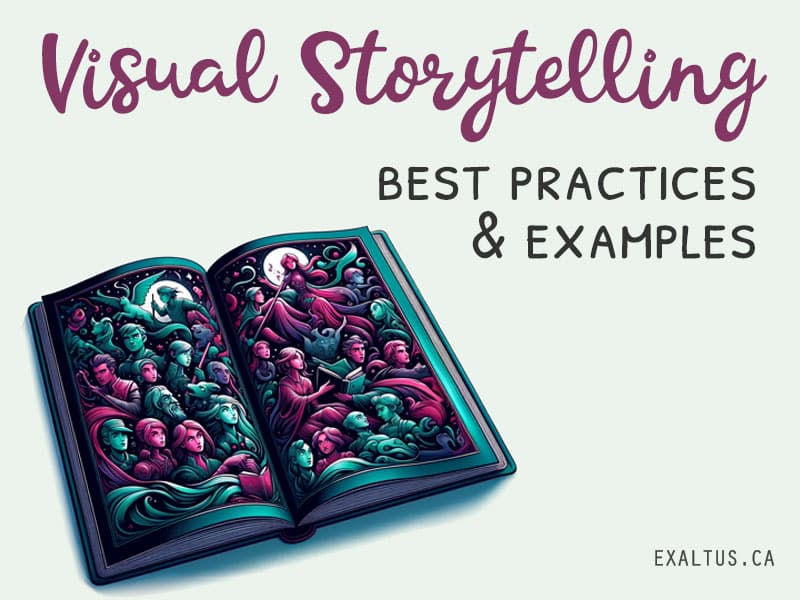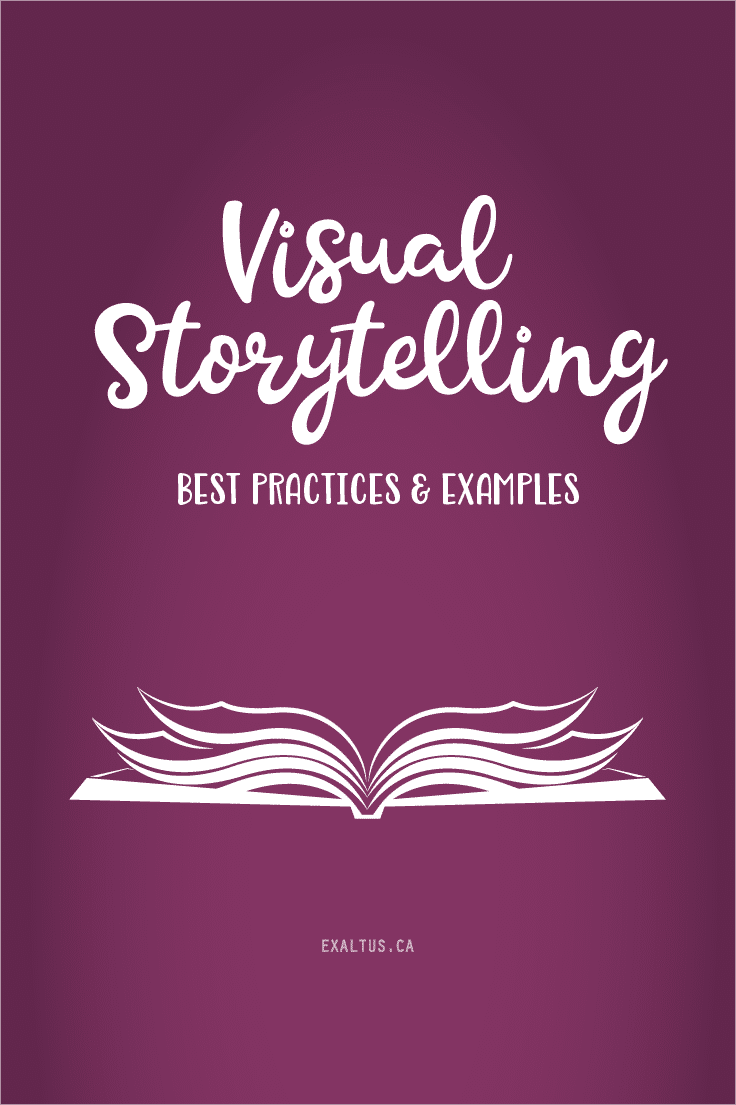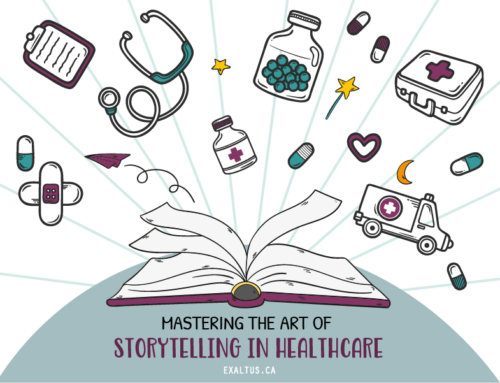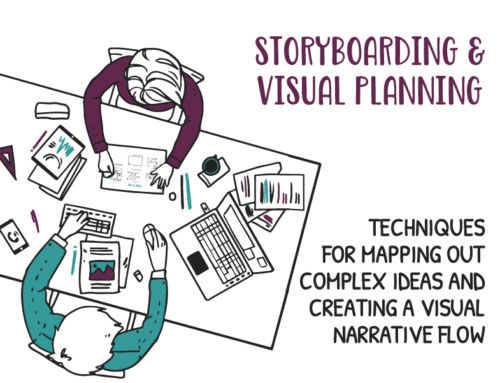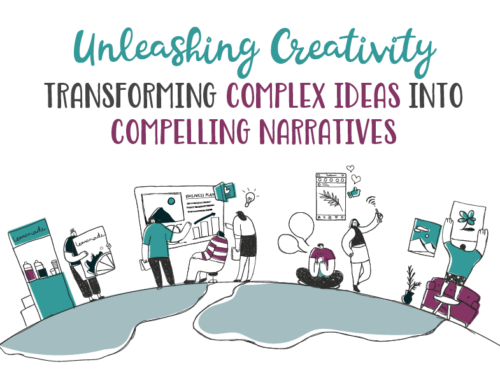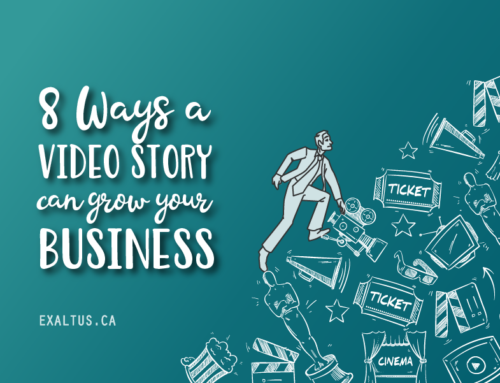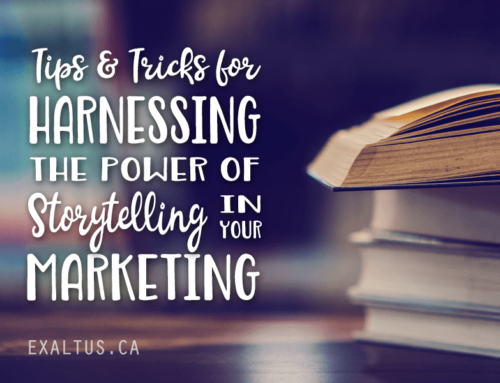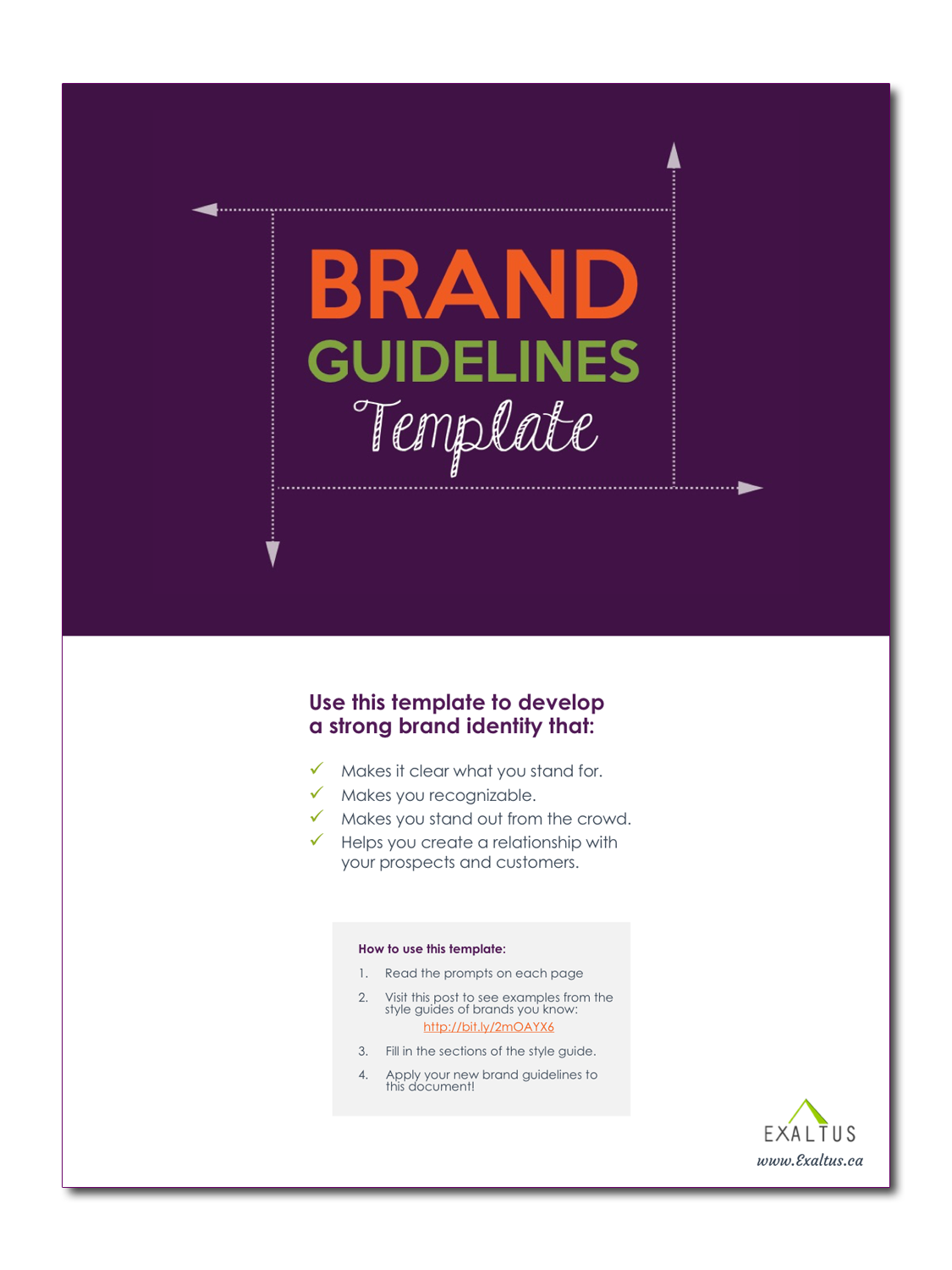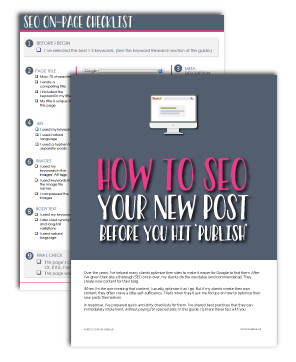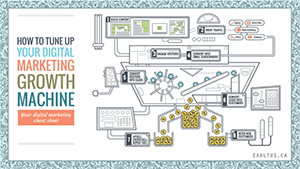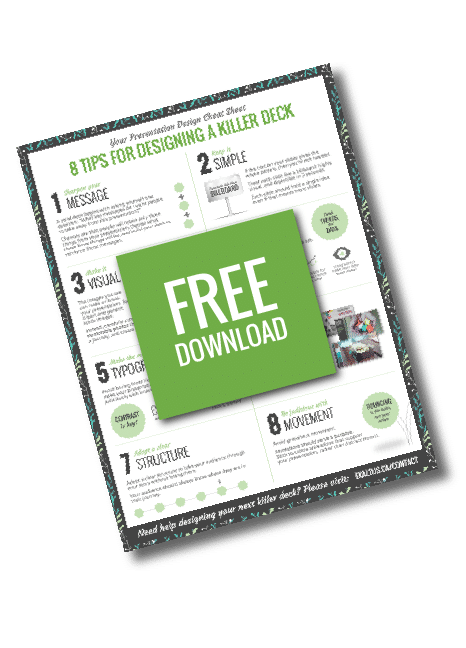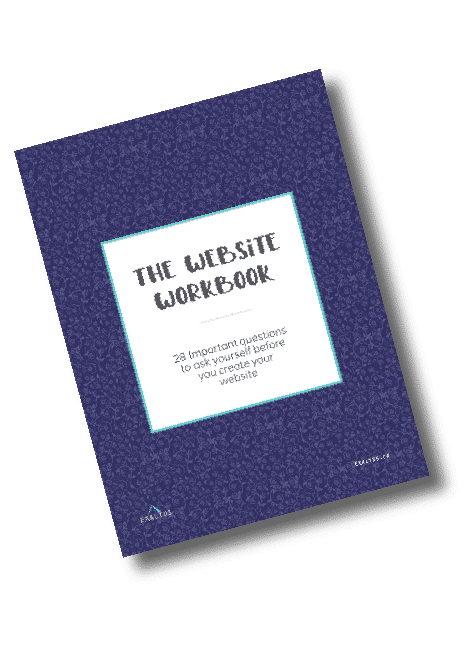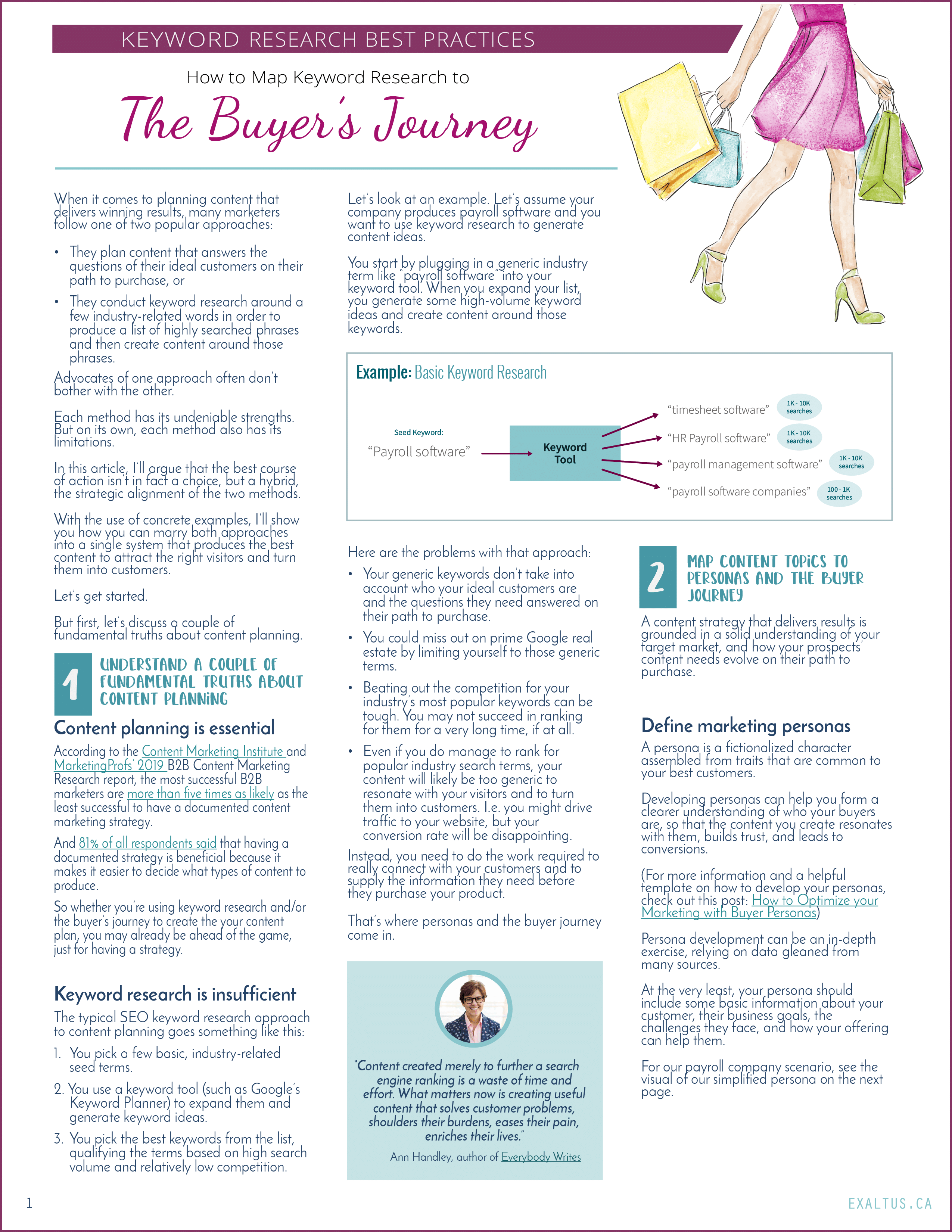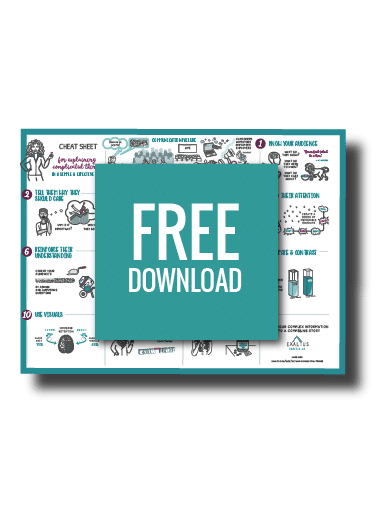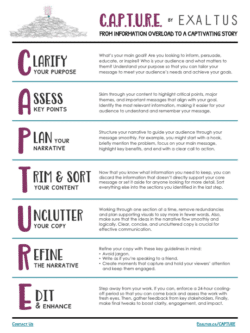Stories are how we make sense of the world. Now imagine harnessing that power with visuals to captivate, inspire, and drive action.
Whether we’re talking about our product or service, sharing our vision for the future, or persuading people to support a cause or an idea, telling stories is the most powerful way to communicate.
But when you add great visuals and innovative animation techniques to those stories, they become even more powerful.
What is a visual story?
A visual story can be a hundred different things:
- Powerpoint presentations that are light on bullets and flush with impactful images
- A show-stopping Instagram post
- Talking-head videos on YouTube
- Infographics on your website
- A comic strip in the daily newspaper
- A whiteboard animated video (our sweet spot)
Simply put, visual stories are stories that are amplified with high-quality visuals.
Benefits of visual storytelling
Telling your stories with visuals takes them to the next level. That’s because, in a world flooded with content, visual communications:
- Slice through the noise, grabbing attention in seconds and making your message impossible to forget.
- Engage us quickly before we get distracted.
- Pique our emotions, which moves us to act.
- Make complex subjects easier to understand.
- Make dry data more interesting.
Need help explaining complicated things in a simple way? Check out our video.
Visual storytelling best practices
It takes time and experience to perfect the art of storytelling. I’ve been at it for years, and I’m still learning. Here are my top 10 tactics for how to tell a story with visuals.
1
Set objectives for your visual story
Before you start thinking about how to create a powerful story, get crystal clear on what your goals are:
- What do you want your audience to feel while watching your visual story?
- What actions do you want them to take?
- Are there any myths you want to dispel?
Having clarity on your business objectives will inform your choices along the way.
2
Consider the audience
The way you tell the story should depend on who you’re speaking to. Take the time to understand your audience so that you can create a story that they see themselves in and connect with.
Ready to elevate your communication and see immediate results?
Let our award-winning storytellers transform your message into a powerful visual stories that drive action.
3
Pay your respects to diversity and inclusion
Make sure that your visuals and language reflect the world–in its rich diversity. Tell a story that portrays and resonates with people of different races, genders, ages, sexual orientations and physical abilities.
4
Show, don’t tell
You know how they say that a picture is worth a thousand words? Well, it’s true. One of the advantages of storytelling with visuals is that it lets us convey more information in less time. And that’s useful in the face of ever-shrinking attention spans.
I’ve cut down video scripts to half their length by visually communicating ideas on screen rather than including them in the spoken narration. This approach not only shortens the video, it also makes it more dynamic and engaging to its audiences.

Learn to explain complicated things in a simple way
Find out how to explain complicated things in a simple way that attracts and holds attention, builds trust, engages your audience, and moves them to act.
5
Practice visual thinking
A great visual storyteller doesn’t just dump random images into their story. The goal is to choose the best visual element to capture each idea in your story.
When the idea concerns a physical object or person, it’s easy enough to select engaging visuals to convey it.
But how do you reflect more abstract concepts, like “creativity” or “regret”?
Here are a few tricks:
- Run a google image search to generate some ideas.
- Search the concept on stock image sites to see what types of images surface.
- Look for visual idioms or expressions related to the concept.
- Consider the feelings associated with the idea. For example, in this video, take a look at how we represented creativity as a glowing orb:
- Consider the actions associated with the concept. For example, in this video, we represent “regret” as what happens when you wish you’d followed a different path:
6
Take shortcuts with visual metaphors
Metaphors are shortcuts to help you crystallize your audience’s understanding of an idea by leaning on a concept they already understand.
Here are just a few examples:
- A fork in the road can represent a choice or decision.
- A gauge can symbolize poor or strong performance.
- A balance can represent equality or inequality.
- A funnel can illustrate how prospects discover your brand and become customers.
7
Evoke emotion with colour
Studies have shown that emotion is an even bigger driver of decisions than logic and reason.
If you want to tell a compelling story that moves your audience to act, then make them feel something.
Colour is a powerful emotional trigger. Choosing the right colour palette for your visual story can spark emotion and move your audience.
If you don’t already have brand guidelines that dictate your colour choice, use a colour palette that creates the mood you’re shooting for. Here are a few free tools to help you find the right colour palette.
8
Establish a visual organization and hierarchy
In addition to ordering the points in my script to tell my story in a way that makes my audience more receptive to it, I pay close attention to how the pieces fit together visually.
The organization and hierarchy of your story’s visuals help your viewers make sense of the story and remember it.
Consider organizing your visual content in clear sections with headings, as we did in our Atomic Habits video:
I also like to end our videos by zooming out to a poster that shows all the video’s visuals, presented on one screen. That creates a dramatic finish for the video and also serves as a visual summary that ties together all the ideas.
Here is a sampling of the posters at the end of our videos:
9
Elevate your story with music and sound
If your visual storytelling takes the form of video content, you can level up its entertainment value by adding audio such as:
- Music to heighten emotions and create a mood
- Sound effects to accentuate subtle movements and liven up the video
And if you’re able to, aligning your visuals to the sound can create quite an impact.
Case in point, take a look at our animated holiday card and, in particular, the alignment of the animations to music as the ornaments are being drawn:
Remember to be strategic and spare in your use of music. If you overdo it, you’ll risk distracting the viewer from what’s important: your content.
10
Let your personality shine through
Visuals create more opportunities to inject personality into your stories.
That’s one of the things we’re thinking about when we select illustrators for our videos. Our illustrators span the gamut of artistic styles–from cartoon style to semi-realism. We choose the right style to reflect the video’s content and the organization’s personality.
For example, in our influencer video series, our goal was to reflect the personality of each influencer.
In our video for digital futurist Brian Fanzo, we chose lively music, a youthful style of illustration, and a graffiti font.
When we created a video for Ann Handley, Chief Content Officer of Marketing Profs, we wanted Ann’s colourful personality to shine through. And so we made sure to feature her adorable dog, Abby, her brand colours, her tiny house, and her trademark suits.
The result, I hope, is quintessentially Ann.
Over to you
I hope this post has inspired you to tell your story using visuals and that the visual storytelling techniques I shared have made the prospect seem less daunting. Check out more whiteboard animation examples in our portfolio. And if you have questions, please let me know in the comments. Or contact Exaltus today if you’d like our assistance with your visual communication.

